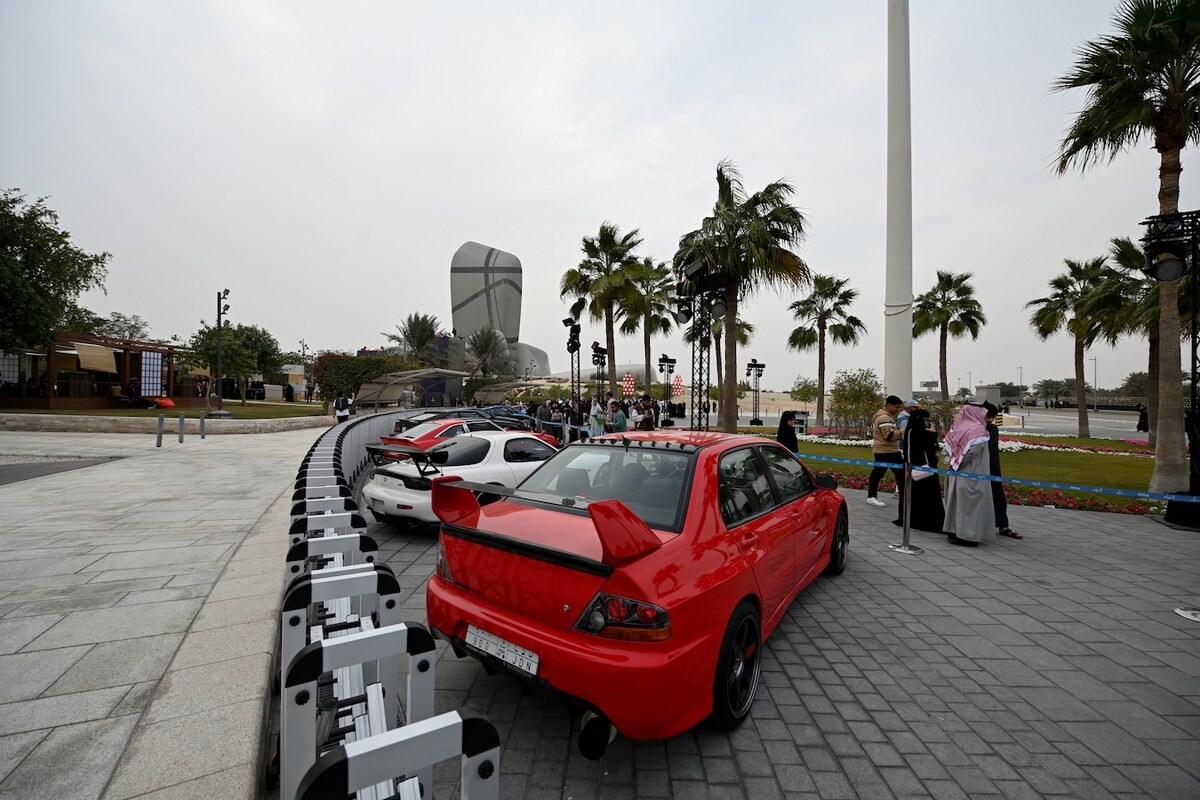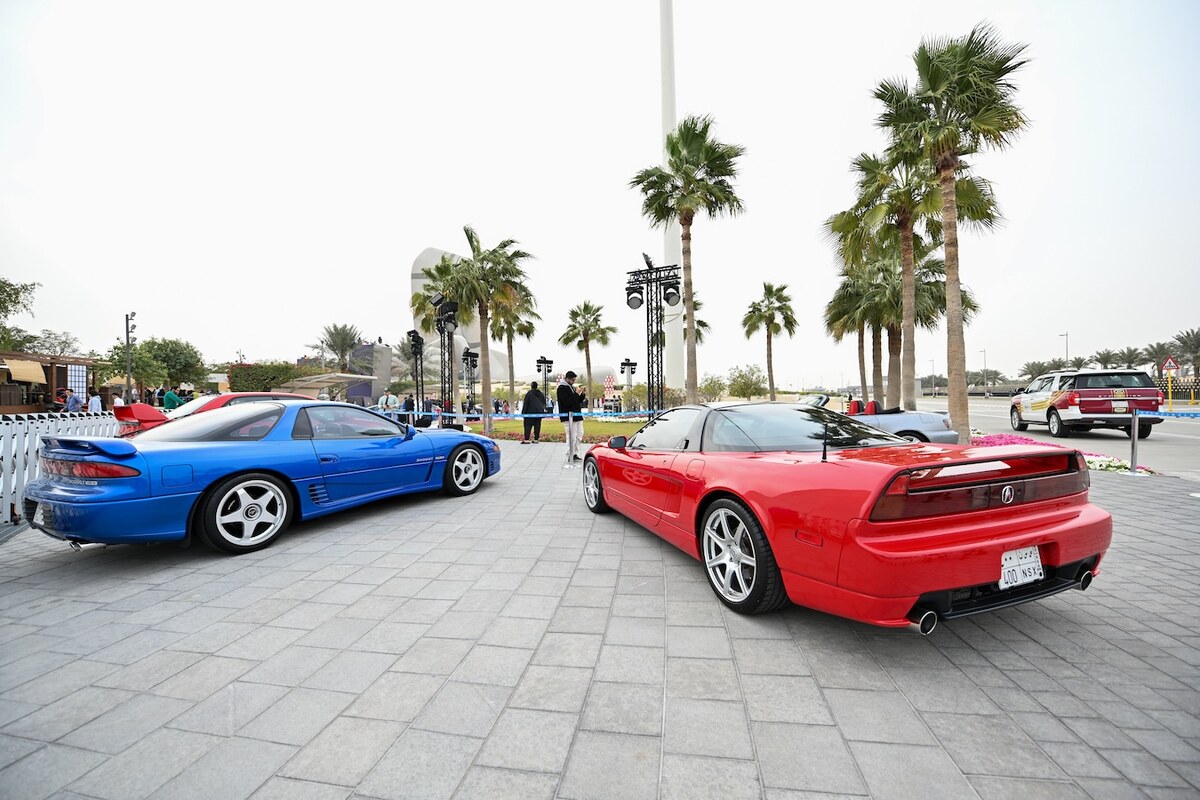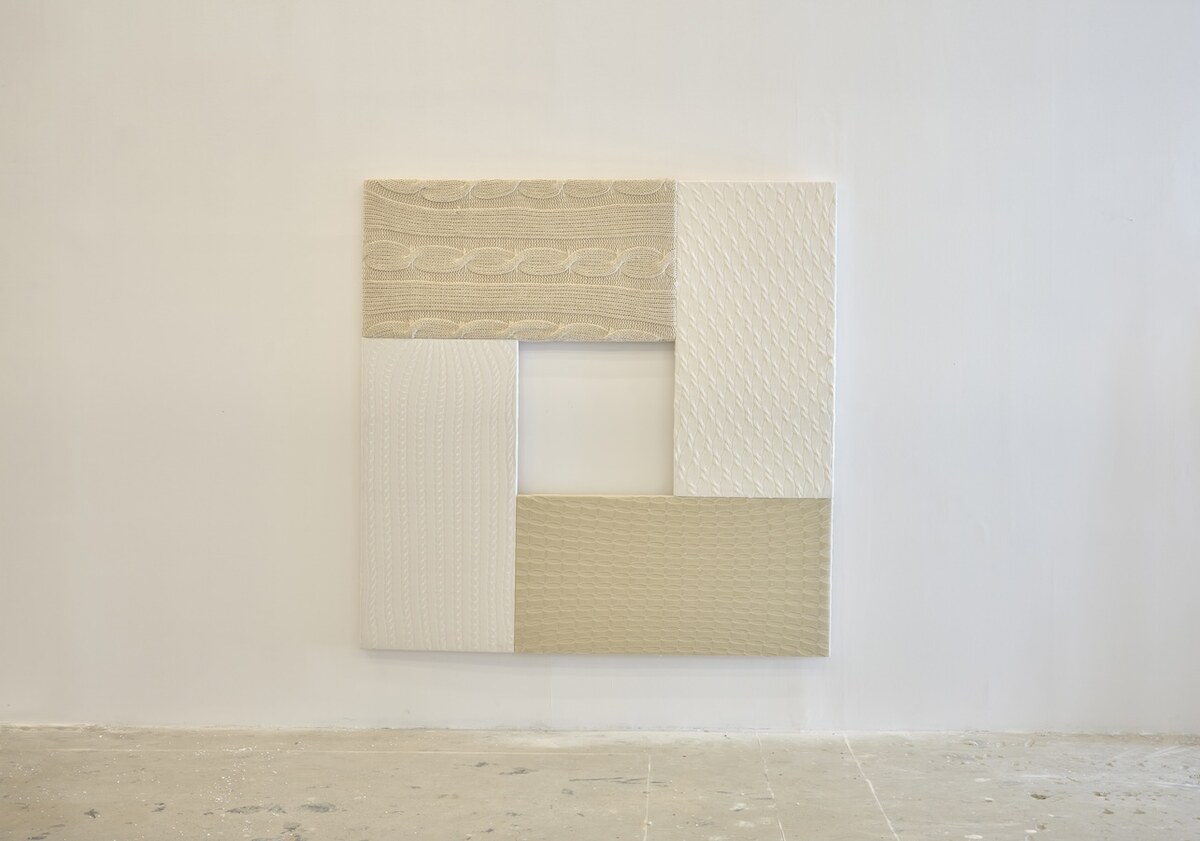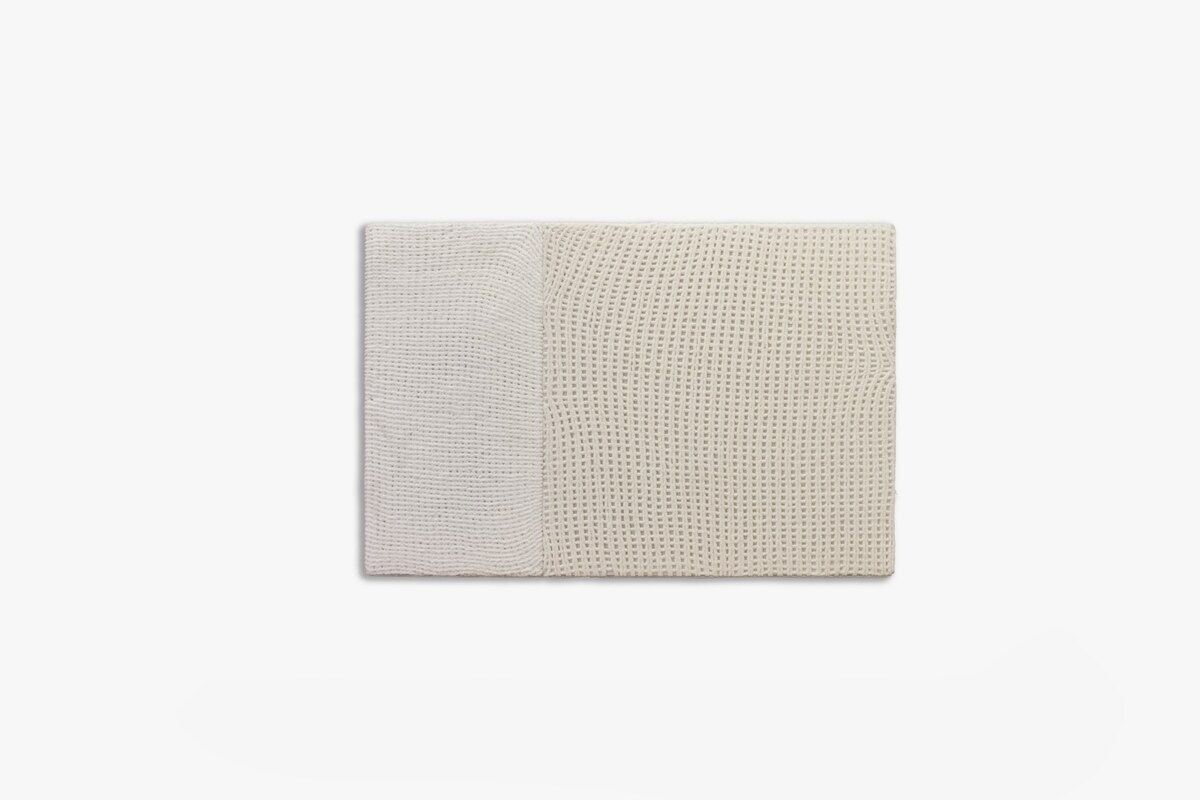BEIRUT: The Beirut Waterfront hosted a showcase of glittering Lebanese talent on Saturday night as 26-year-old Nada Koussa was crowned Miss Lebanon 2024, amid a heightened national and regional political environment.
Miss Lebanon 2022 and Miss World first runner-up Yasmina Zaytoun passed the title and the tiara on to her successor Koussa, who beat out fellow contestants Sarah Leen Bou Jaoude, who finished as first runner-up; Gael Balian, who was named second runner up; and Melissa Kozah and Sibelle Bou Chaaya came in fourth and fifth place, respectively.
Koussa hails from the village of Rahbe, Akkar and has a Masters degree in Clinical Psychology.
The much-anticipated show presented 15 candidates from various cities and regions in front of a judging panel consisting of eight women: actress Razane Jammal, model and fashion blogger Nour Arida, interior designer Diane Ghandour, model and socialite Georgina Rizk, Dr. Petra Khoury, socialite Paola Pharaon Rizk, TV presenter Raya Abirached and restaurateur Mireille Hayek.
Hosted by Lebanese actress and TV host Aimee Sayah, the event featured a performance by Lebanese singing icon Elissa, who started with a rendition of “Batmayel Aala El Beat.”
Speaking about women’s empowerment, the theme of this year’s competition, Elissa said it is “the secret to continuity in life, the drive to fight and most importantly, when (she) succeeds, to lift other women up, and represent her country in the best possible way.”
In the run up to the event, the singer’s fans got on social media to guess which of the singer’s famous hits will be performed during the event organized by the Lebanese Broadcasting Corporation International (LBCI) and The Ministry of Tourism.
From evening gowns to bathing suits, contestants were dressed by Lebanese designer Tony Ward, and glammed up by celebrity makeup artist Bassam Fattouh.
Faithful to its tradition, the 2024 edition of Miss Lebanon addressed a range of current social issues on stage. Contestants answered questions around women’s empowerment, Paris Olympics and the importance of sports, threats of war and humanitarian acts, as well as challenges facing today’s youth.
International Lebanese jeweller Mouawad provided the “Cedar of Hope” crown for this year’s ceremony. This is the second time the acclaimed jeweller has created the official crown for Miss Lebanon.
The winner was selected from a pool of candidates chosen during auditions held between Dec. 2023 and Feb. 2024, with Lebanese women aged between 18 and 27 invited to participate.
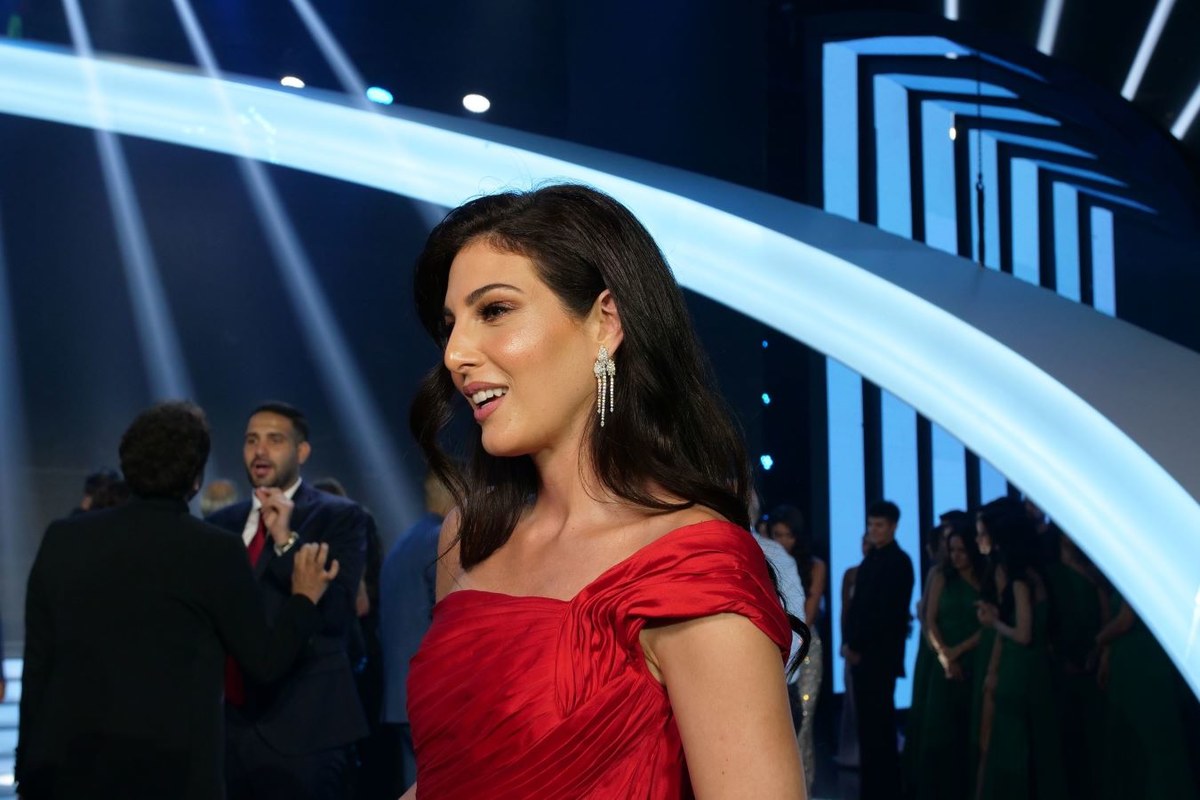
British Lebanese actress Razane Jammal was one of the jury members. (Photo by Firas Haidar/Arab News)
Years of instability and accumulating crisis in Lebanon did not hold back the glam and opportunity to celebrate beauty. The event was a renewed invitation to support Lebanon in line with the Ministry of Tourism’s 2024 national campaign “Meshwar Rayhin Meshwar,” which translates to “We’re going on a trip.”
Despite the current geopolitical situation and looming escalation threats since the Oct. 7, 2023, more than 400,000 visitors were recorded for June 2024, expatriates and tourists overlooking travel communications from several embassies.








